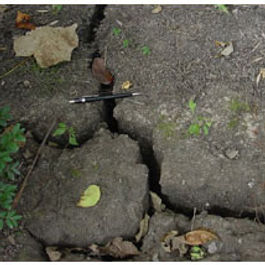top of page
Posts List

6 Essential Insights on DFW Homes for First-Time Buyers
Buying your first home can feel overwhelming, especially in a bustling area like Dallas-Fort Worth (DFW). With its thriving economy and diverse culture, the DFW housing market is full of opportunities, but it also presents challenges. This blog post provides essential insights that can help first-time buyers make smart choices and navigate the housing landscape with confidence. Understanding the DFW Housing Market The DFW housing market stands out as one of the fastest-growing in the United...
bottom of page

























































































